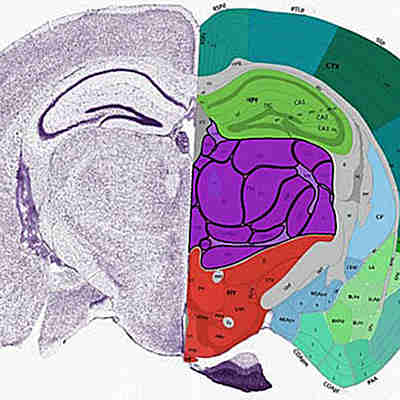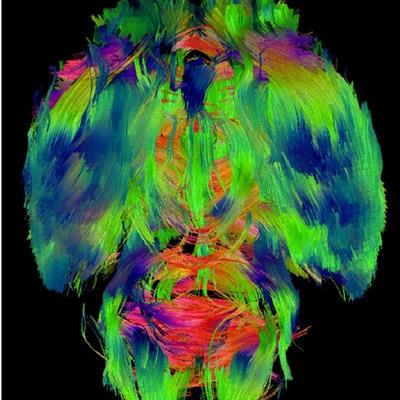September 23, 2022 -- The National Institutes of Health (NIH) has announced more than $600 million in additional funding for its Brain Research Through Advancing Innovative Neurotechnologies (BRAIN) Initiative, which is aimed at revolutionizing the understanding of the human brain.
Research teams from the Allen Institute, Carnegie Mellon University, Duke University, and the Salk Institute are among the scientists involved in the latest stage of the effort. NIH has already invested $2.4 billion in related projects and the BRAIN Initiative has been called the brain equivalent -- in scale and scope -- to the Human Genome Project. The latest round of funded projects include developing cell atlases and molecular tools for cell access.
For their part, scientists at the Allen Institute are launching a new global collaboration to map the human brain's approximately 200 billion cells by their type and function. Over $173 million in funding from the NIH as part of the BRAIN Initiative Cell Atlas Network will support the research, which includes subprojects from 17 other institutions in the U.S., Europe, and Japan.
These projects build on earlier BRAIN Initiative work to map the entire mouse brain and parts of the human brain using the full suite of genes switched on in individual cells, a technique known as single-cell transcriptomics. To find out why humans have hundreds of different kinds of brain cells and what these different cells do, one project aims to pair neuron function with cell type in the regions of the mouse brain that process what the animal sees. New methods using high-resolution microscopes will help visualize specific kinds of mouse brain cells.
A related primate brain atlas project will pair cellular maps with primate brain function using a technique known as functional MRI to capture blood flow in the brain; higher brain activity correlates with higher blood flow. Using an emerging method called spatial transcriptomics, the researchers will then match active regions of the brain with specific cell types.
The Allen Institute's human atlas researchers will also continue to study living neurons using brain tissue donated by brain surgery patients.
"We need to better understand the similarities and differences between the human brain and those of other primates and rodents, which often serve as the subjects for research," Hongkui Zeng, PhD, director of the Allen Institute for Brain Science, said in a statement. "Comparing cell types is one of the most robust and accurate ways of comparing the brains of different species, and we are doing this at a refined level and at the most comprehensive scale we can achieve. Better relating animal studies and animal models with the structure and function of the human brain itself -- that's one of the major goals we want to achieve."
Copyright © 2022 scienceboard.net










